I spent several days exploring Beirut, and it’s a city that truly surprised me. Known for its resilience, Beirut has endured decades of turmoil, including a 25-year-long Civil War that ended in 1991, but today it stands as a beacon of energy and cultural diversity in the Middle East.
What struck me most was the city's contrasts — modern buildings next to bullet-scarred buildings, trendy neighbourhoods like Gemmayzeh alongside historic Armenian districts like Bourj Hammoud, and the peaceful coexistence of mosques and churches often standing side by side.
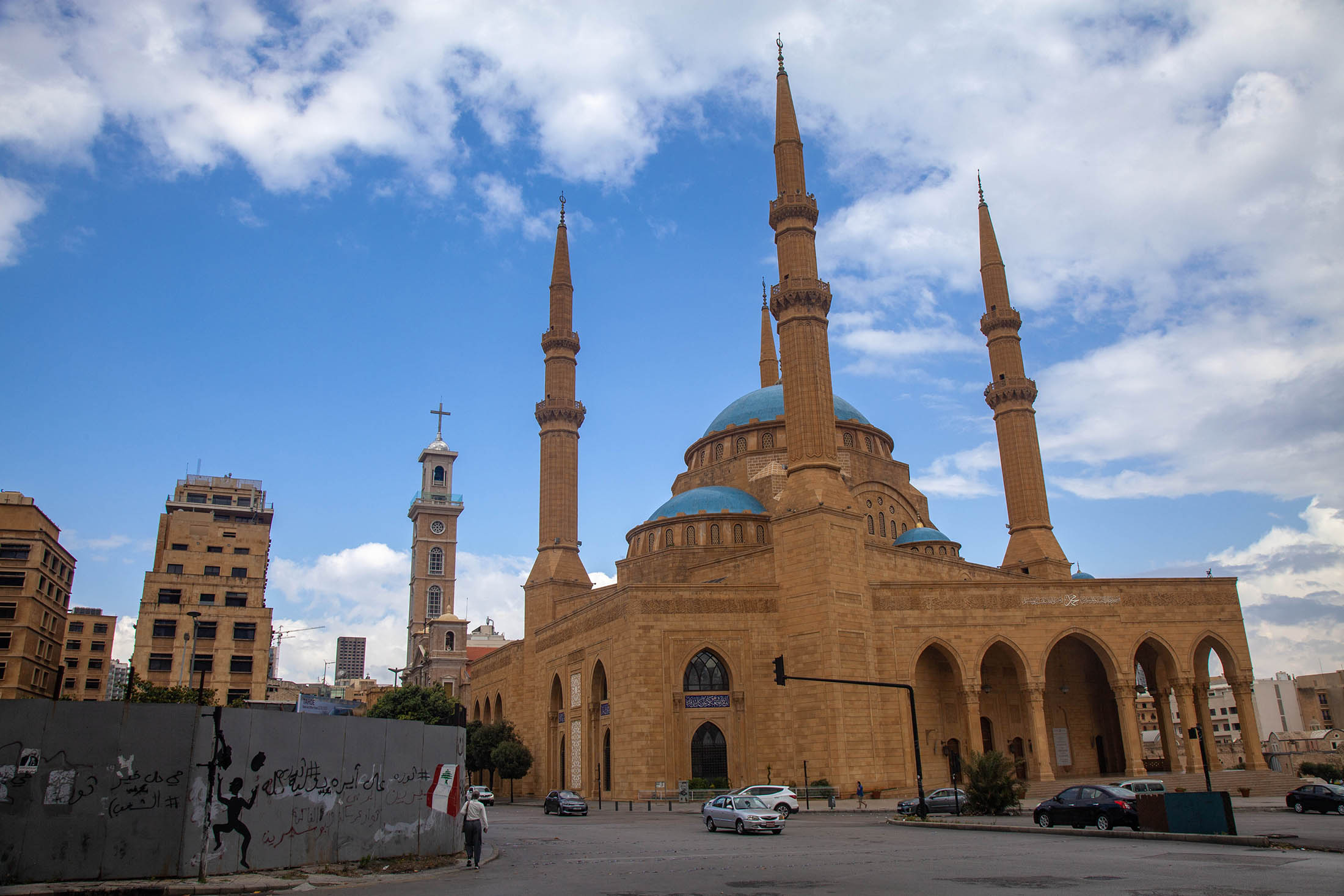
Every corner of Beirut tells a story, whether it’s through the architecture, the street life, or the deeply ingrained traditions.
Beyond its layered history, Beirut is also a city for the senses. You’ll find some of the best food in the region, from platters of mezze to fresh man’oushe at local markets, and the nightlife is unmatched — think underground parties, rooftop bars, and glamorous clubs that don’t stop until sunrise. It’s also one of the most liberal cities in the Middle East, with a surprising openness that feels refreshing in this part of the world.
Whether you’re here for the history, the food, or just the thrill of exploring a city that’s evolving, Beirut has something for everyone.
Let me take you through the best things to do in Beirut — a city that impressed me and continues to draw travellers seeking a mix of tradition and modernity.
1. Cultural and Historical Things to Do in Beirut
When I explored Beirut, I quickly noticed how its history is woven into everyday life. From ancient ruins to buildings still marked by the Civil War, every corner seemed to showcase resilience and transformation.
This is a city where the past is lived.
The National Museum of Beirut
What struck me most when I walked through the National Museum wasn’t just the exhibits but the building itself. Once scarred by the Civil War, it stands restored — resilient, much like the city it belongs to.
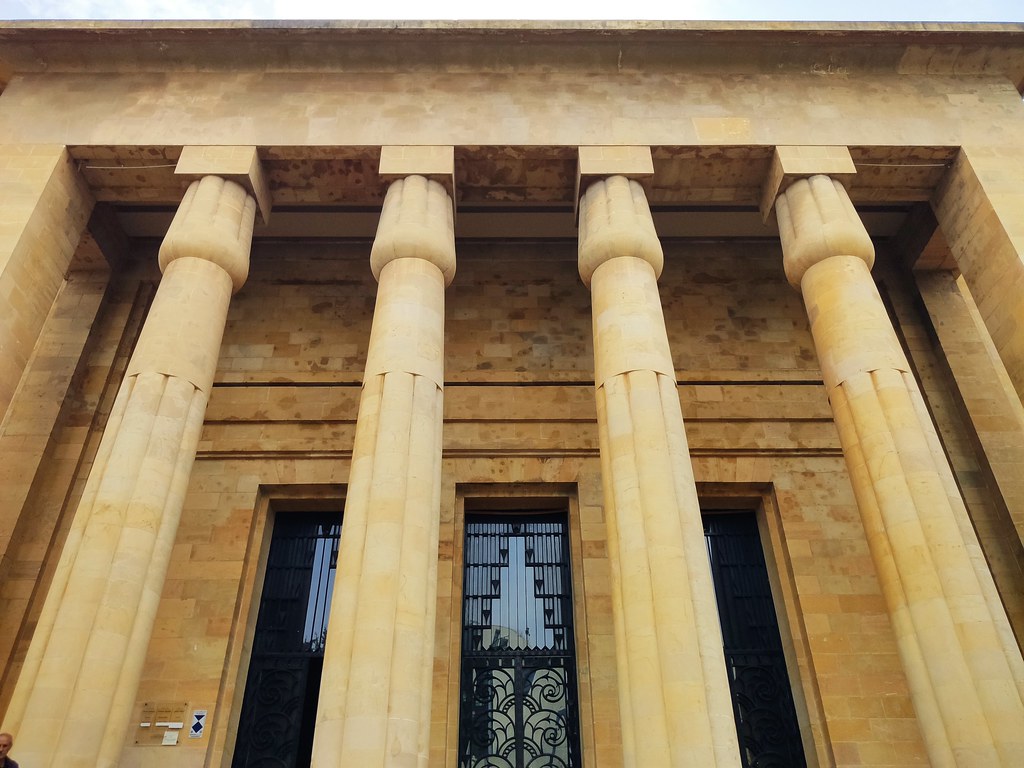
Inside, it’s a walk through Lebanon’s story, from ancient Phoenician carvings to intricate mosaics that have survived centuries. There’s something grounding about standing before artefacts that predate modern conflicts, as if the museum is quietly reminding you that this land has endured much, and always finds a way forward.
Beit Beirut (Yellow House)
When I visited Beit Beirut, I couldn’t help but pause at its bullet-riddled facade — a stark contrast to the bustling city around it. Walking through its preserved rooms, I found myself drawn to the personal stories captured in photographs and artefacts.
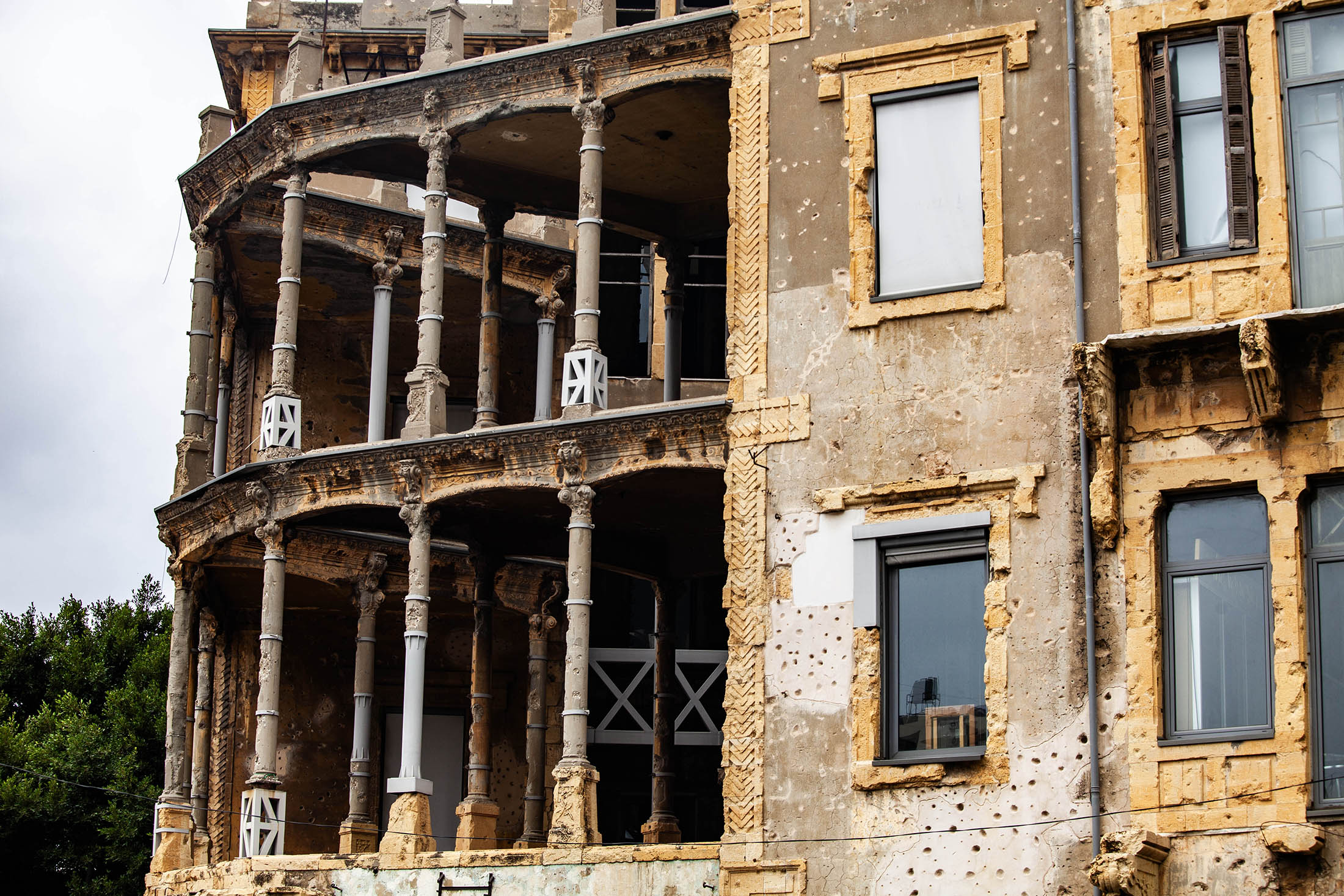
The exhibits brought the Civil War’s impact to life — personal stories and photographs that made history feel immediate and human. It’s a space that invites reflection, not just observation.
And in case you're wondering, the name "Yellow House" comes from the ochre hue of its original façade, a striking detail that still contrasts with its sombre history.
Remnants of War
As I walked around Beirut, the remnants of its Civil War stood out everywhere — buildings still marked by bullet holes, abandoned structures, and walls that seemed to tell stories of survival.
Walking past these sites, I couldn’t help but think about how they form part of the city’s identity, quietly reminding locals and visitors, like you and me, of its resilience.
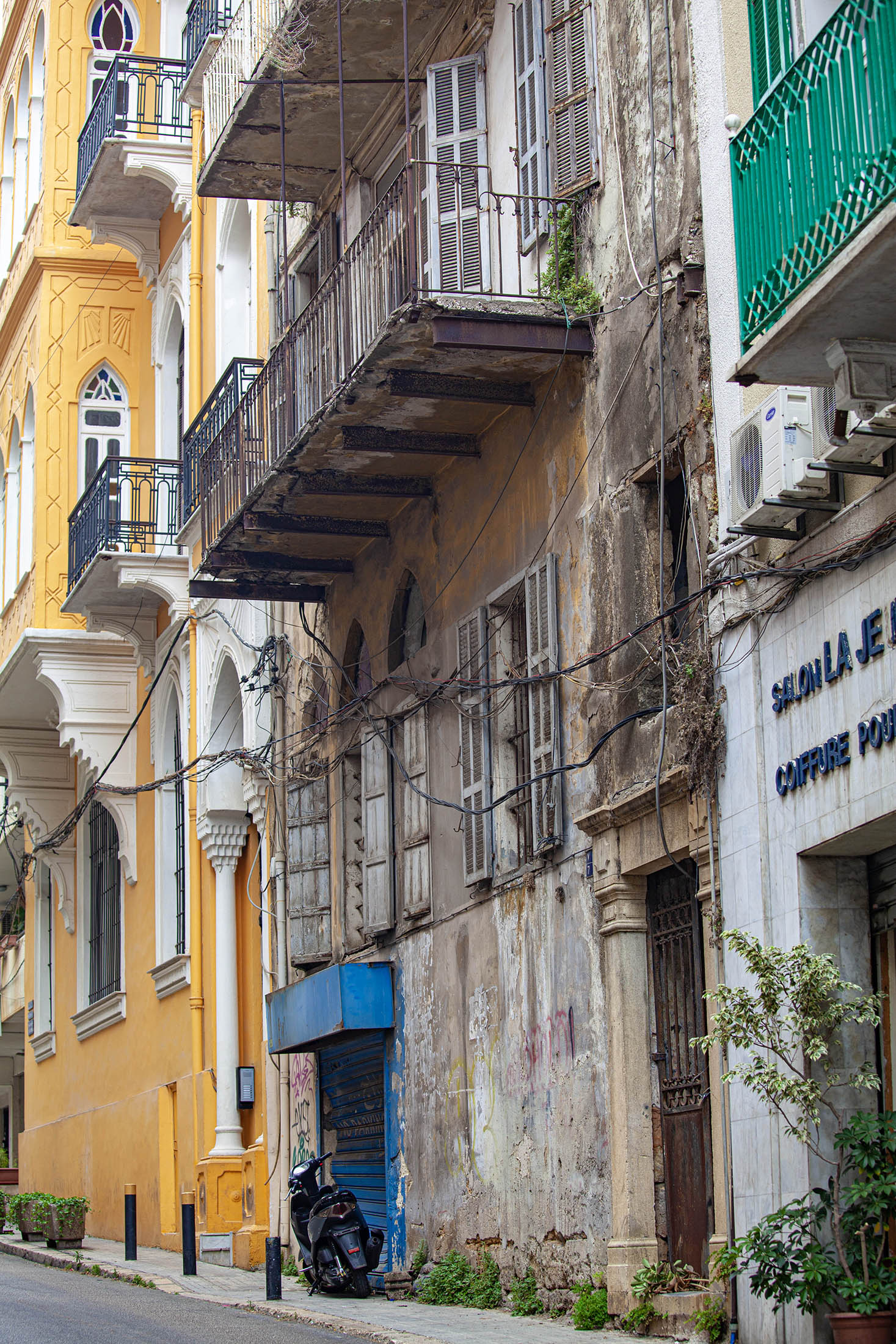
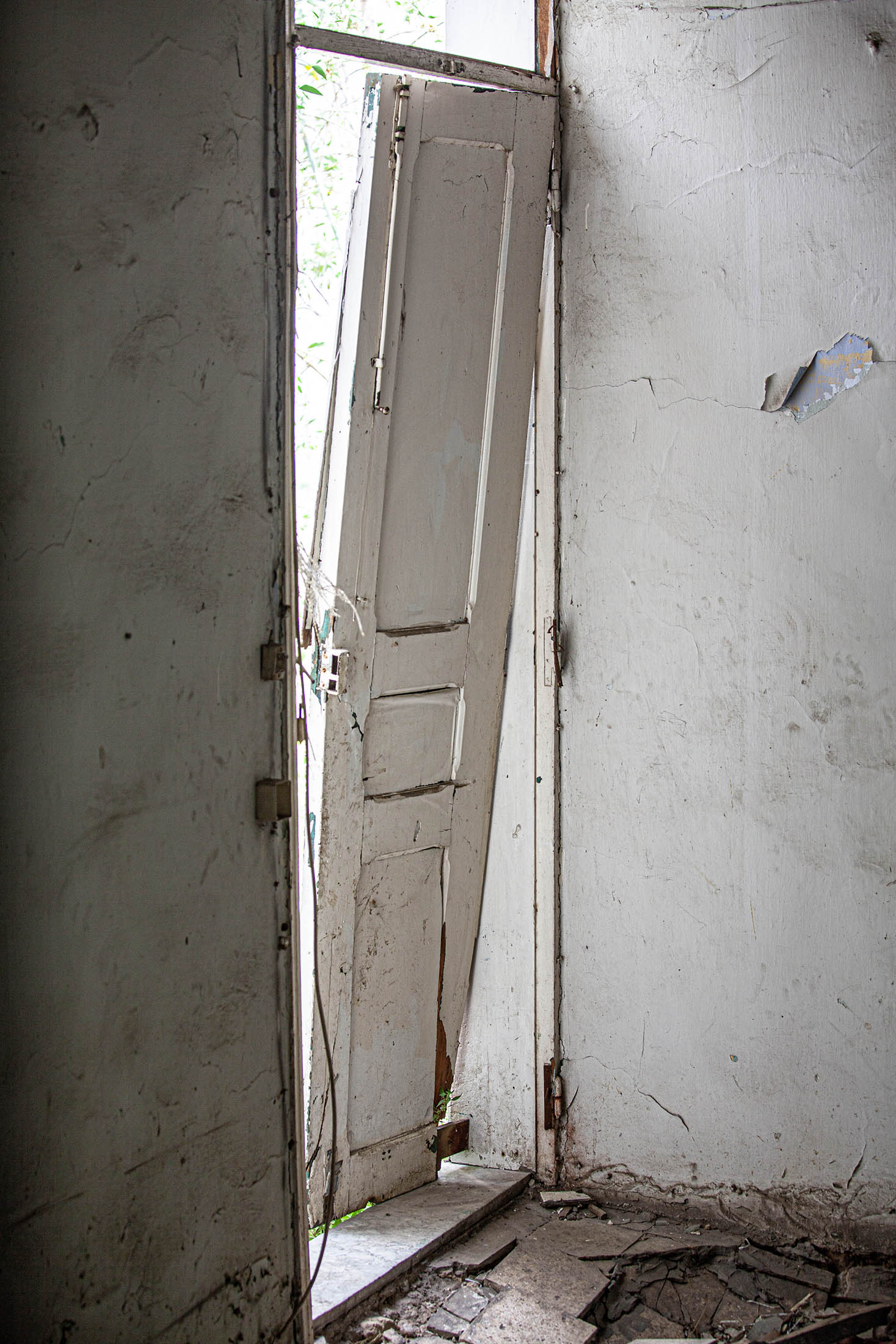
When you ask locals about these scars of war, many will tell you they see them as reminders of the conflict’s lessons, a call never to repeat the past. For others, it’s simply a matter of practicality — economic challenges mean rebuilding isn’t always feasible.
These structures stand, not out of neglect, but as part of Beirut's evolving story.
AUB Campus and Museum
I was struck by how serene the American University of Beirut (AUB) felt. Walking through its lush gardens, with trees swaying, it was hard to believe I was in the heart of Beirut.
The campus offers not only a peaceful escape but also a window into Lebanon’s academic and cultural richness.
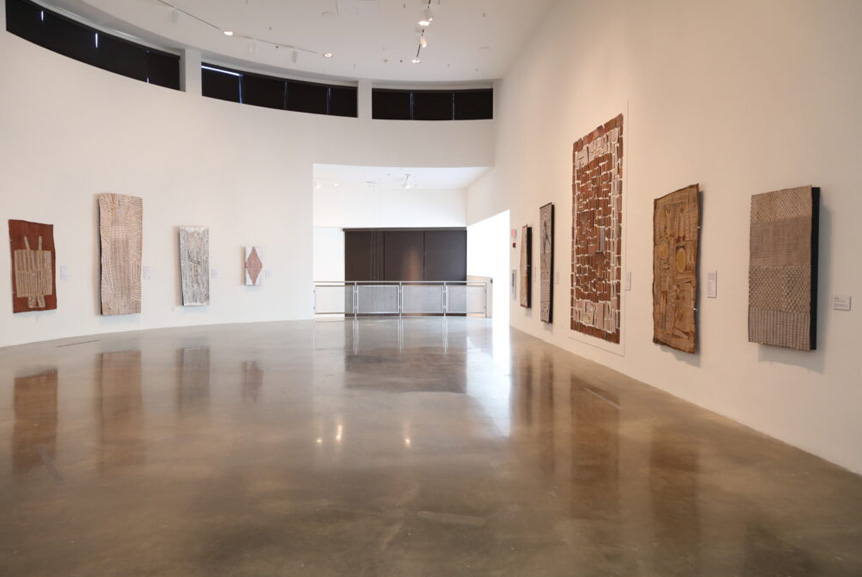
The AUB Museum showcases an impressive collection of archaeological artefacts. From intricate pottery to Phoenician relics, it’s a compact but fascinating dive into the country’s heritage.
If museums are your thing, you might also enjoy exploring some of Lebanon’s other cultural treasures — check out this guide to museums in Lebanon for inspiration.
AUB is a refreshing contrast to Beirut’s busy streets — a place where history, academia, and nature come together.
2. Religious and Architectural Things to Do in Beirut
From centuries-old mosques to stunning churches, sometimes sitting side by side, the city’s skyline tells the story of its multifaceted identity.
Religious Coexistence
Beirut’s streets reflect a mixture of religious diversity, with mosques and churches often standing side by side. From Sunni and Shia mosques to Maronite, Orthodox, and Armenian churches, the city embodies the coexistence of faiths that have shaped its history.

While religious differences once fuelled conflict, today they symbolise a resilient harmony. It’s not uncommon to see a call to prayer echoing alongside the chime of church bells, a poignant reminder of Beirut's unique blend of traditions.
When I wandered through neighbourhoods like Gemmayzeh and others nearby, I was impressed by how naturally these places of worship blended into the city, reflecting people living together despite their beliefs and differences.
Sursock Museum
The Sursock Museum is where art meets elegance. Nestled in the Ashrafieh district, this historic mansion effortlessly combines Ottoman and Venetian architectural influences. Its marble staircases, intricate tile work, and the iconic Salon Arabe make it a visual treat before you even view the exhibits.

Inside, you might be drawn to its mix of traditional and contemporary art, showcasing Lebanon’s creative journey. From modern installations to classical works, the museum feels like a bridge between eras. It's a space where history and creativity feel alive.
Save this guide for future reference!
3. Neighbourhoods to Explore in Beirut
Walking through Beirut’s neighbourhoods, I noticed how each has its own character — different, distinct, and each worth exploring.
Gemmayzeh and Mar Mikhael
When I wandered through Gemmayzeh and Mar Mikhael, I discovered neighbourhoods alive with contrasts. Along Rue Gouraud and Armenia Street, vintage buildings stand shoulder-to-shoulder with trendy galleries, bars, and cafes, blending old-world charm with contemporary creativity.
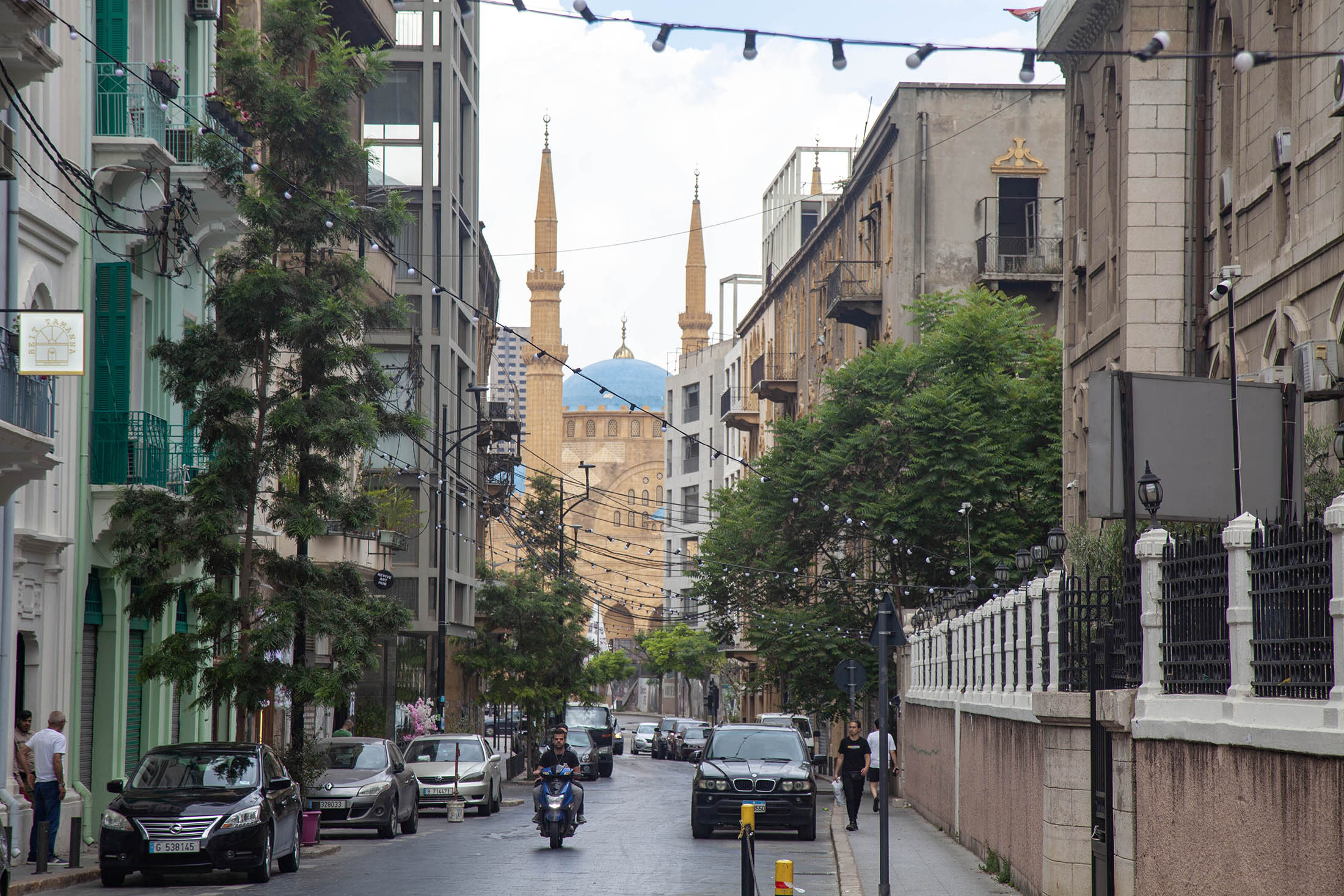
Whether you're sipping a local Almaza beer at an open mic night or exploring a tucked-away gallery, these areas pulse with the heartbeat of Beirut’s art, youth culture, and nightlife.
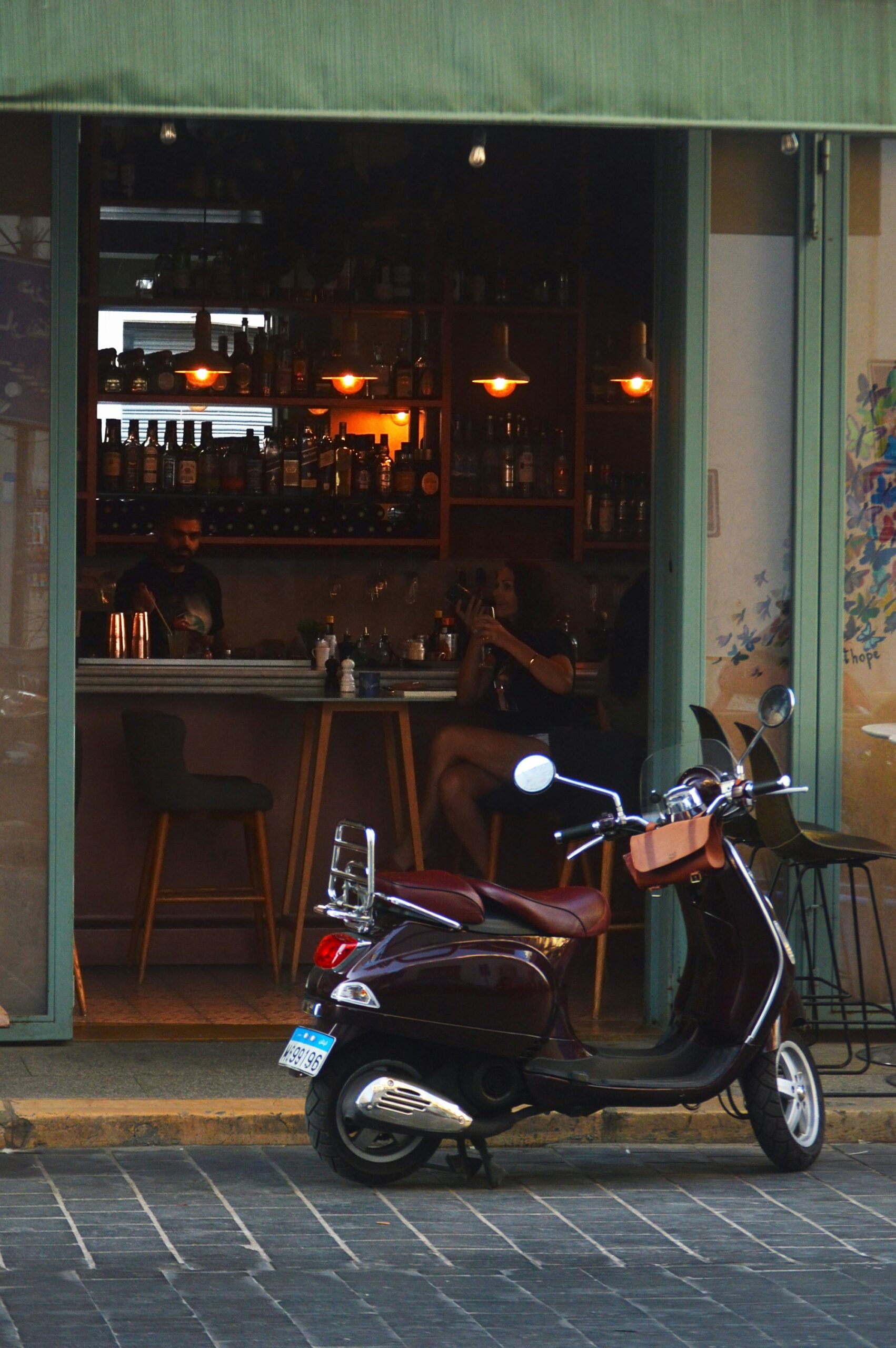
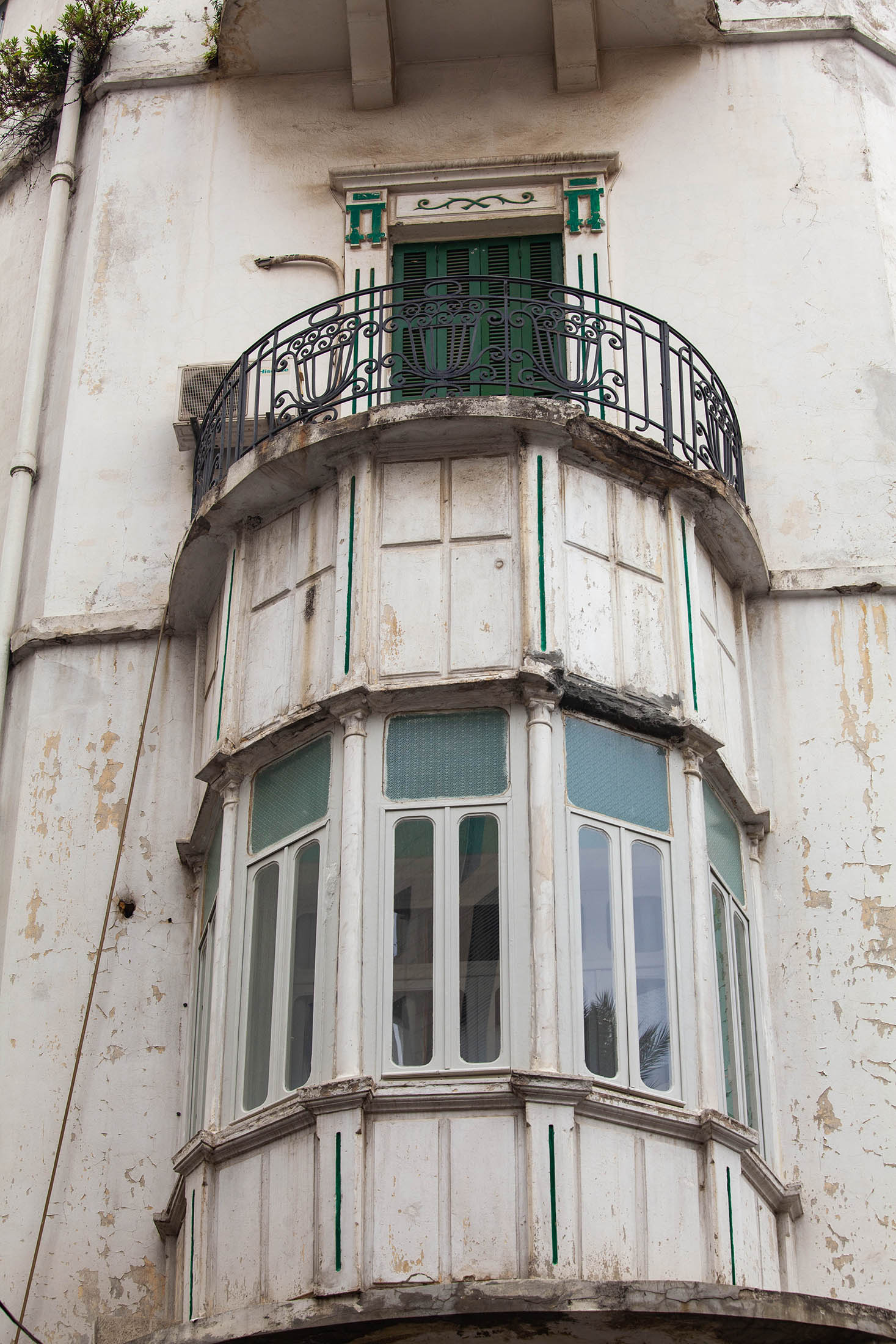
On a leisurely stroll, you'll encounter galleries like Artlab and Art on 56th, where local and regional artists proudly display their talents. For something a bit more eclectic, Plan BEY offers unique prints and souvenirs that capture the city’s creative spirit.
Gemmayzeh could easily be dubbed Beirut’s bohemian heart. With its low-slung Art Deco buildings, vibrant street art, hidden courtyards, and endless cafes, this neighbourhood radiates a timeless energy.
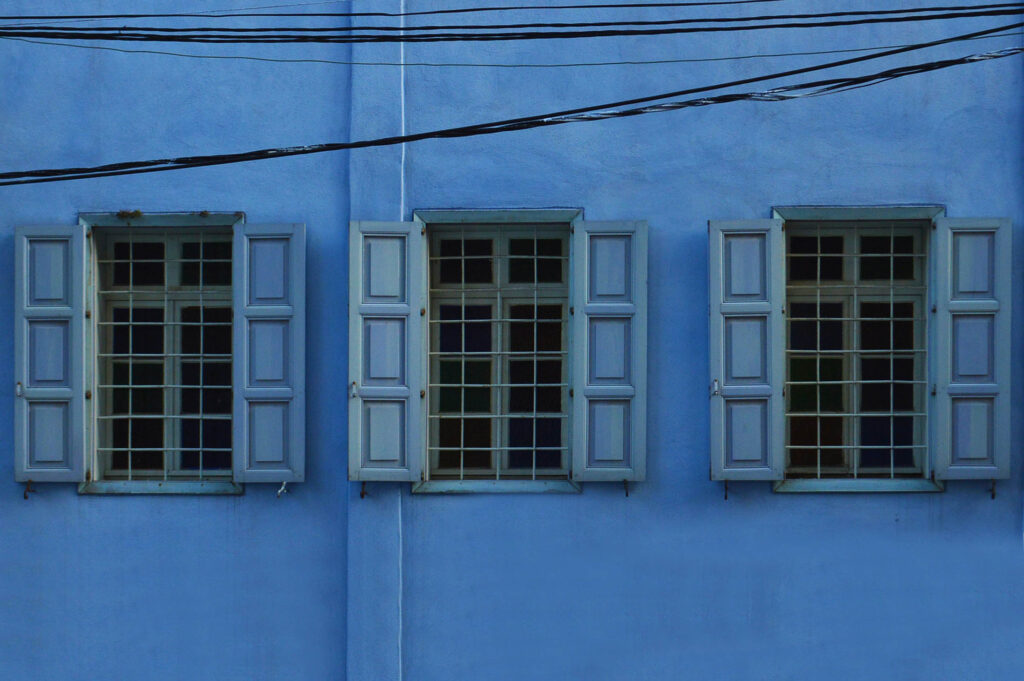
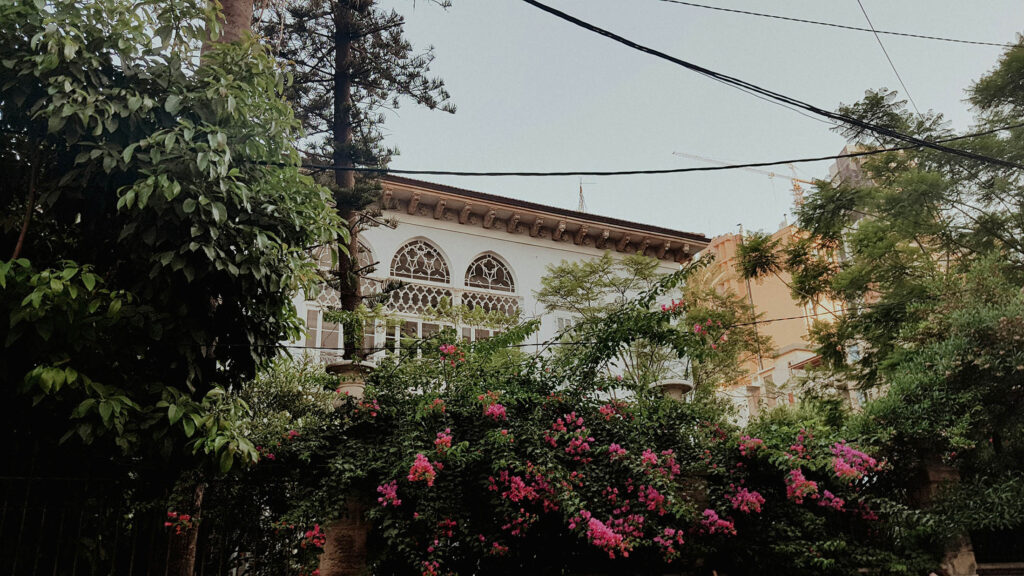
As the sun sets, the spotlight shifts to Mar Mikhael. It’s here that Beirut's nightlife comes alive, delivering an energy that’s unmistakably unique to the city.
Hamra District
Hamra is where Beirut’s academic, cultural, and commercial worlds collide. Once known as a hub for intellectuals and artists, the district now offers a dynamic mix of bookstores, cafes, and shops that cater to all sorts.
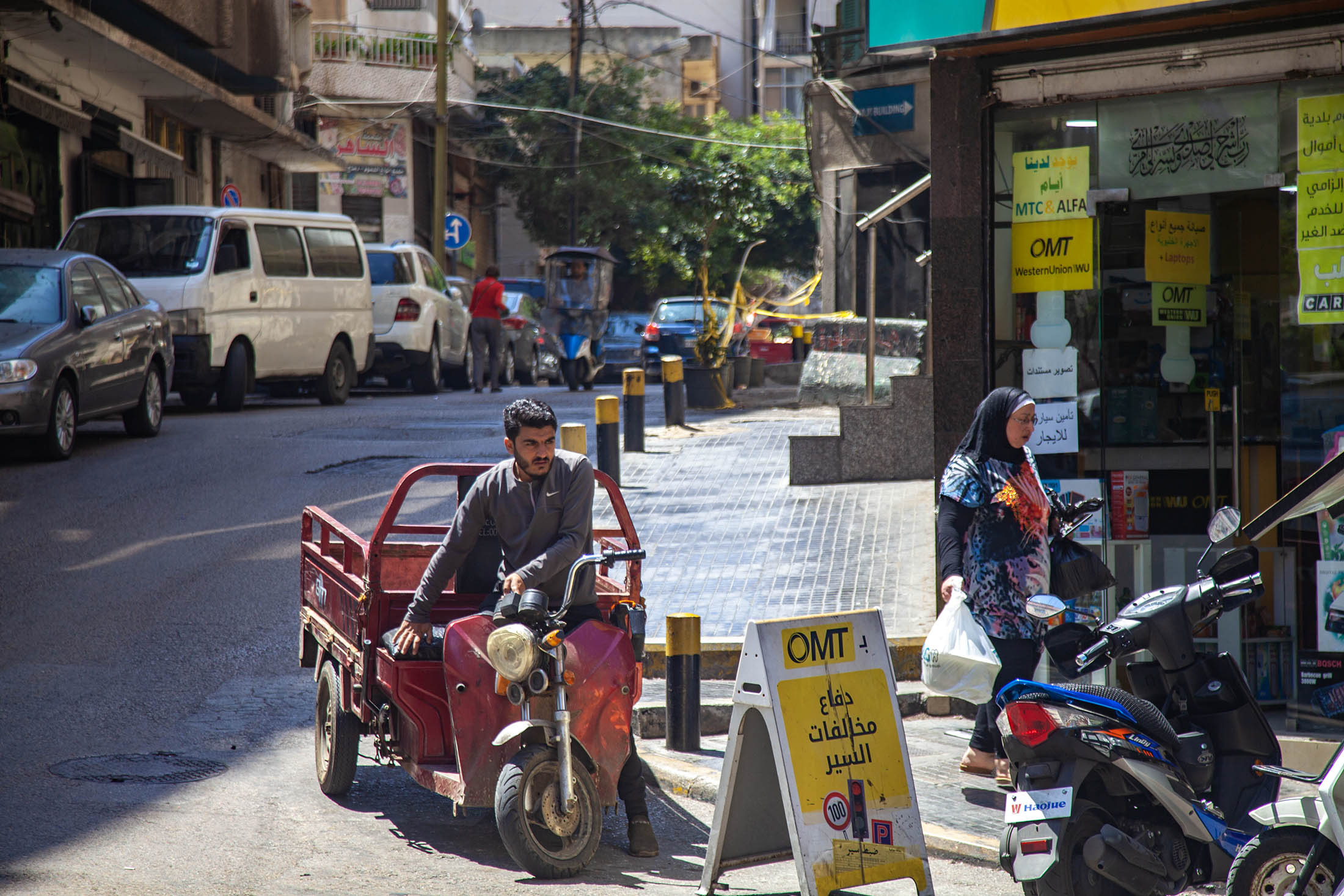
Stroll down Hamra Street to feel the neighbourhood's energy. For coffee and conversation, Café Younes is a classic, while newer spots like Dar Bistro & Books provide a cosy retreat.
Hamra thrives both day and night, with its student life and an array of bars and pubs that keep the evenings lively.
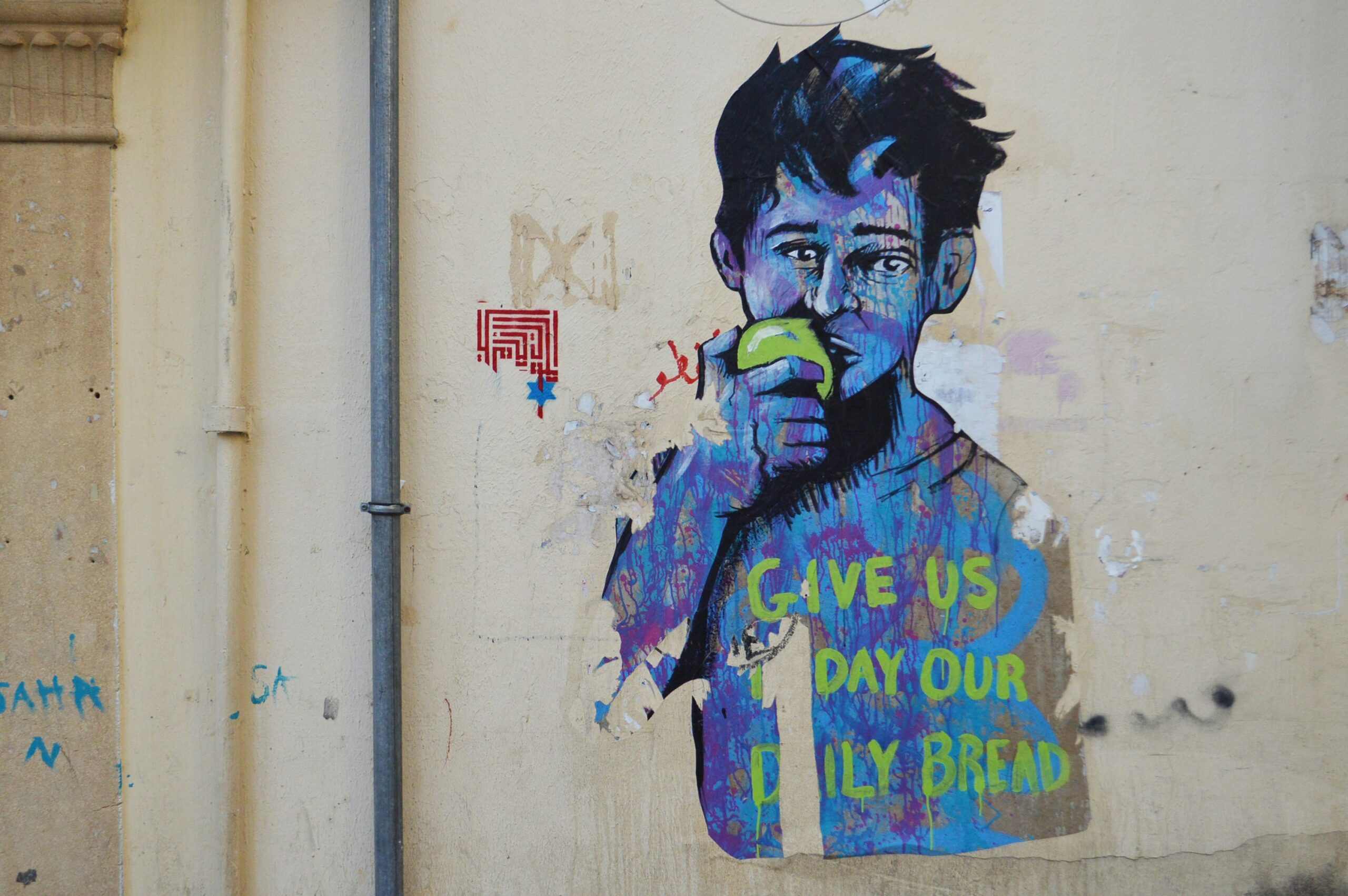
It's also where you'll find AUB (outlined earlier).
Bourj Hammoud (Little Armenia)
Bourj Hammoud is home to one of the largest Armenian communities in the Middle East, a legacy of refugees who settled here a century ago. Its streets buzz with workshops crafting jewellery and shoes, alongside bakeries serving Armenian specialties like lahmajoun and su borek.
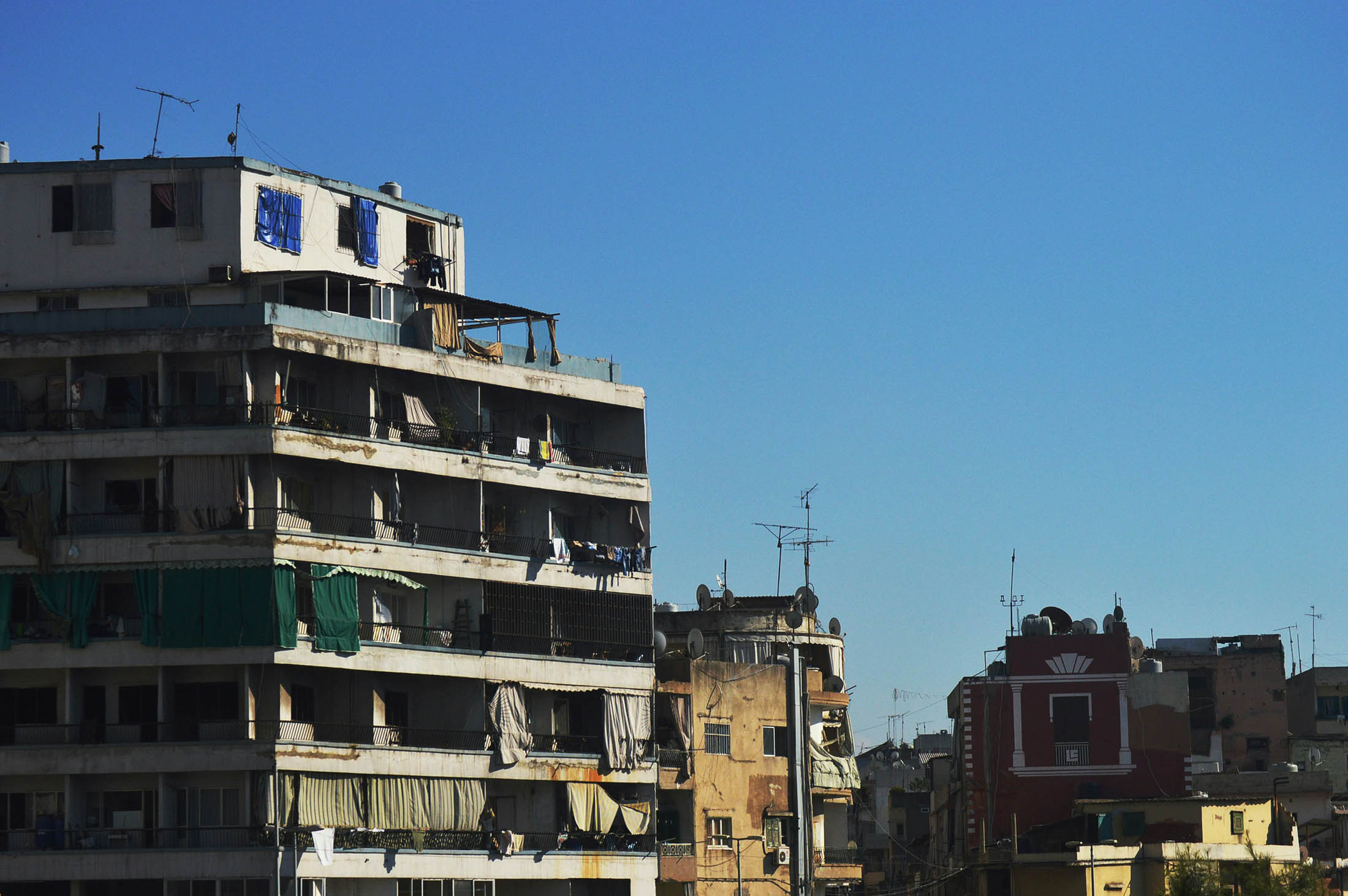
It's also close to Daoura, where you'll find the main hub for catching buses and microbuses heading north to places like Byblos, Tripoli, and Batroun.
Downtown
Beirut’s Downtown is a meticulously rebuilt district, rising from the destruction of the civil war. While some feel it has lost the soul of old Beirut in its polished facade, it’s an undeniably clean, organised, and pedestrian-friendly area.
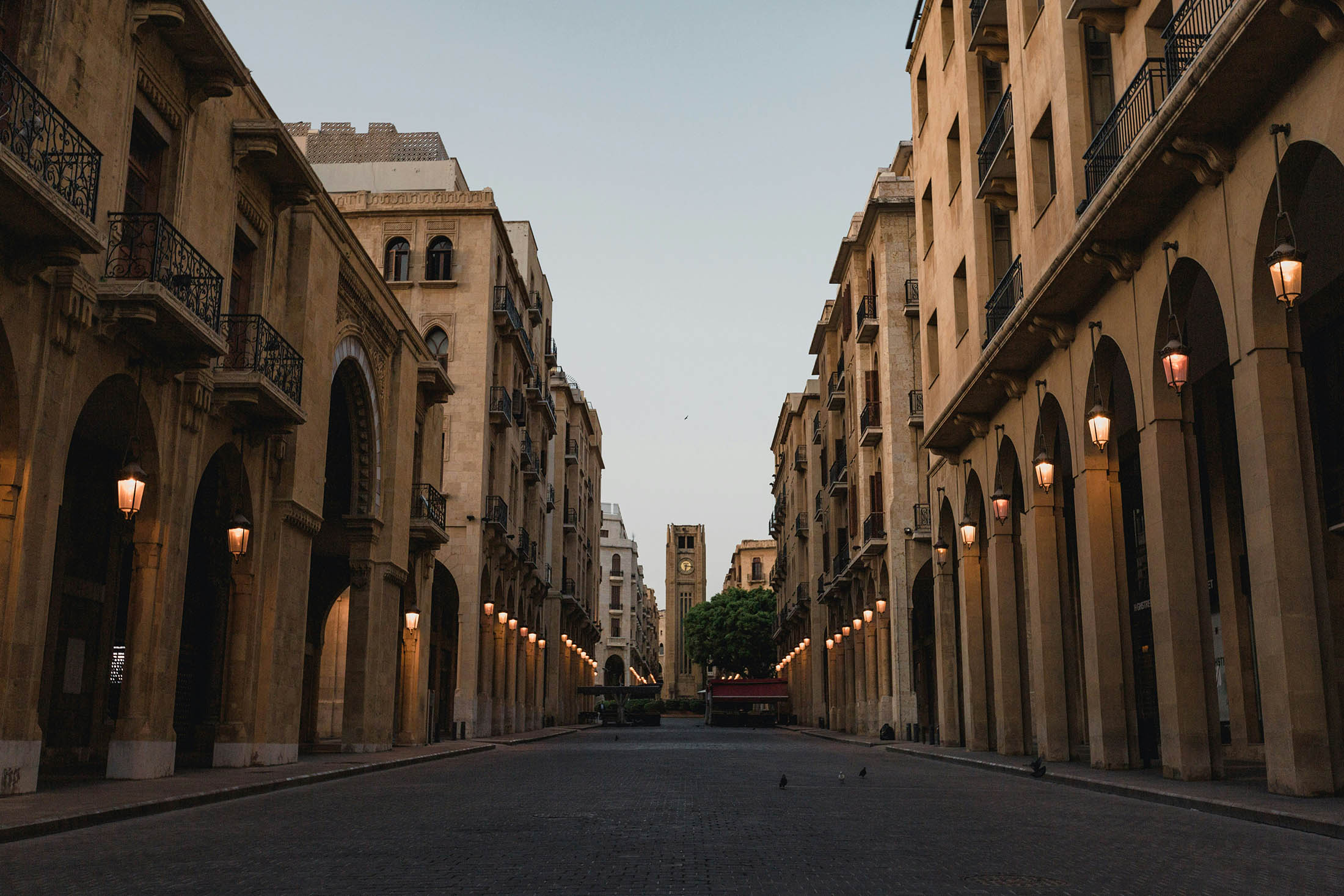
For first-time visitors, Downtown serves as a great starting point. You’ll find some prominent landmarks alongside upscale shops, cafes, and restaurants. Its polished streets may lack the gritty charm of other neighbourhoods, but they offer a glimpse into Beirut’s effort to redefine itself.
4. Nature and Scenic Things to Do in Beirut
Beirut might be known for its urban buzz, but I found pockets of nature and stunning views that offered a refreshing and diverse view of the city.
Pigeon Rocks (Raouché)
I wandered here after a stroll through Hamra, just after lunch, and it was a refreshing place to end up. These massive limestone formations rise dramatically from the sea and have become one of Beirut’s most recognisable natural landmarks.
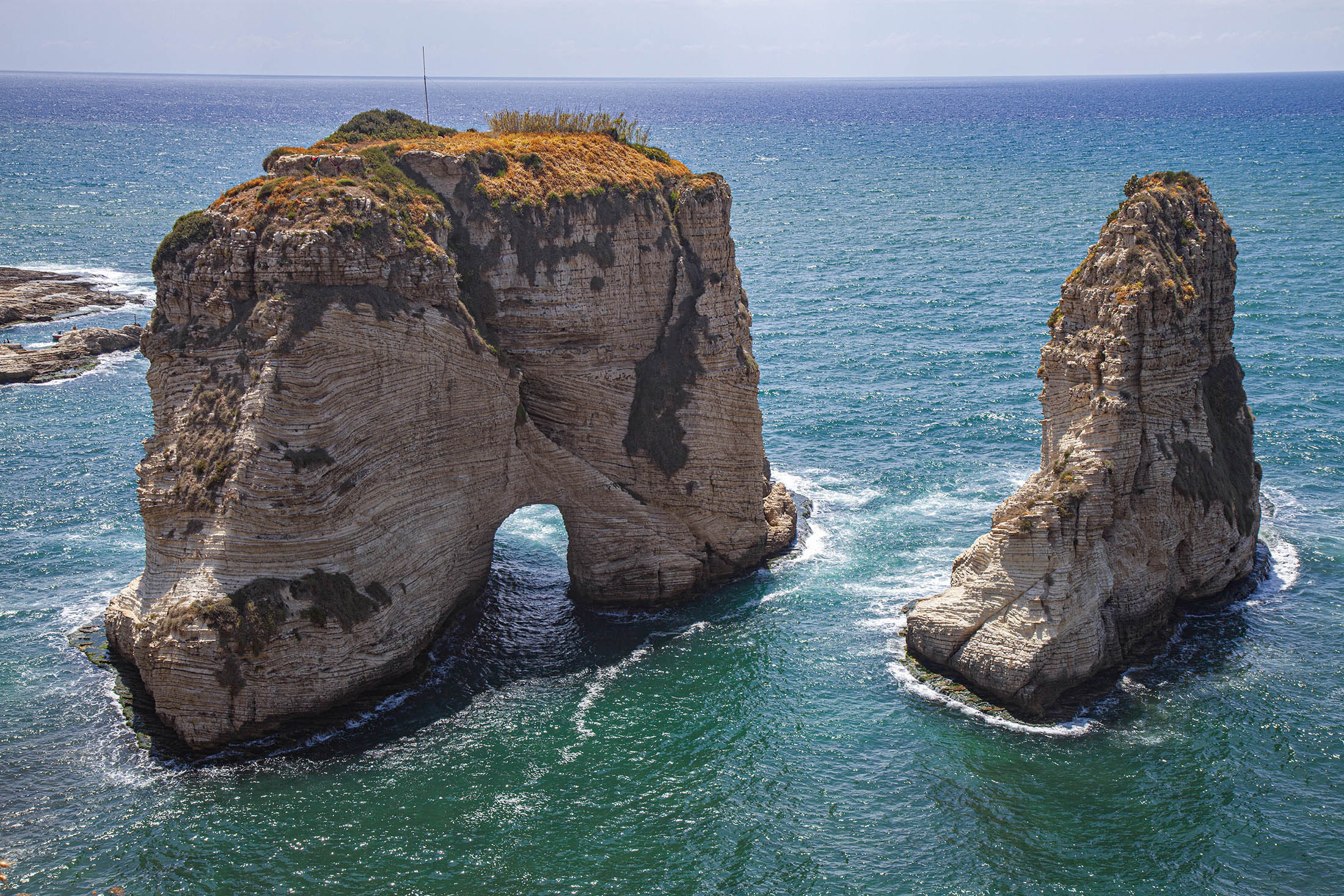
Despite being called Pigeon Rocks, there’s no clear reason for the name — some say it refers to pigeons that once nested there, while others suggest it’s simply a translation quirk.
In my opinion, the clifftop promenade offers the best views. For a closer look, you can hire a boat from the nearby shore, which takes you around and even through the arch of the larger rock.

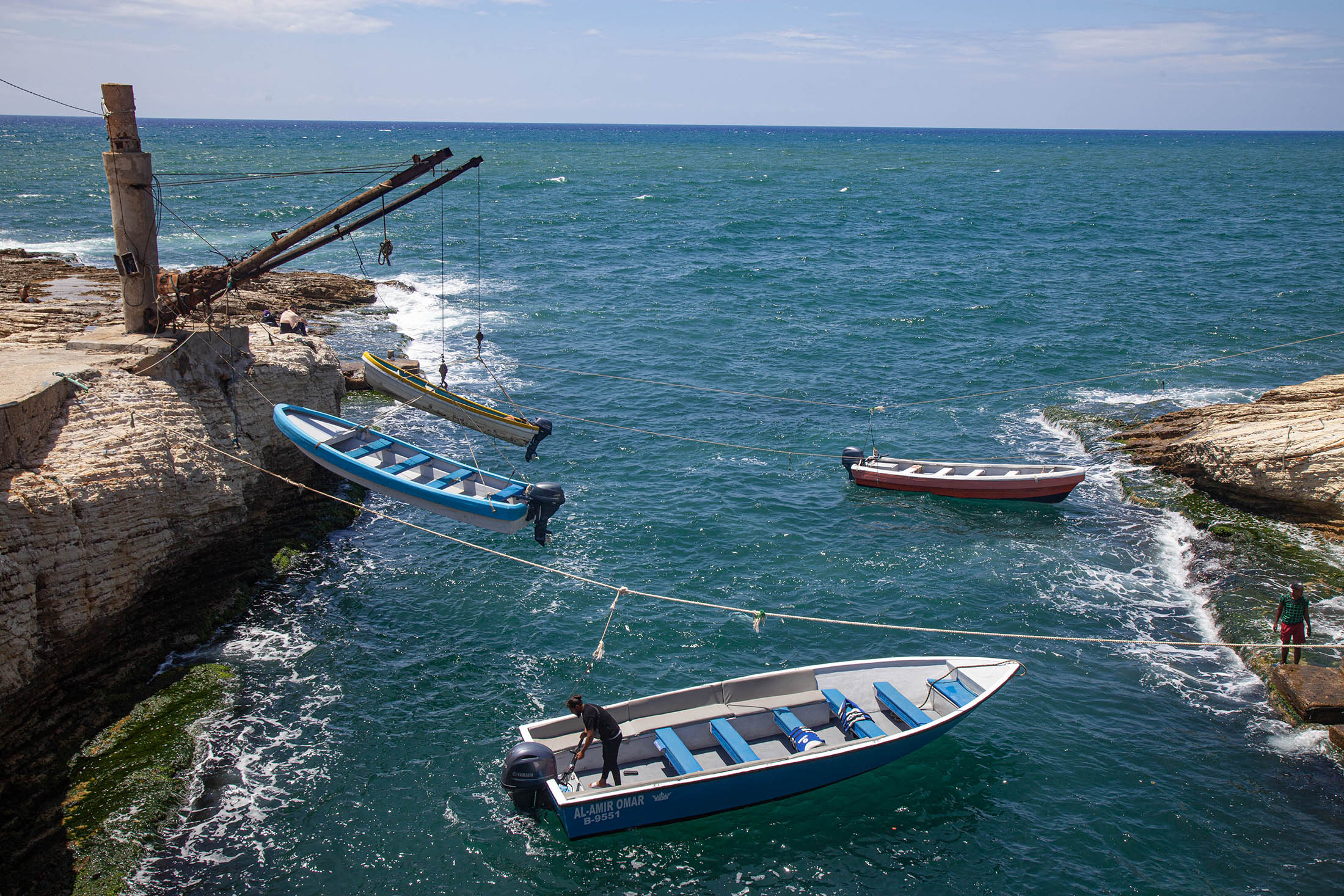
It really is a peaceful escape from the city’s chaos, with a breeze that carries the salt of the sea.
The Corniche
I enjoyed walking along the Corniche, a bustling seaside promenade that stretches along Beirut’s coastline. It’s the kind of place where life unfolds in all its forms. I stopped at a small shop for a drink and kept walking, soaking in the mix of people and activities.
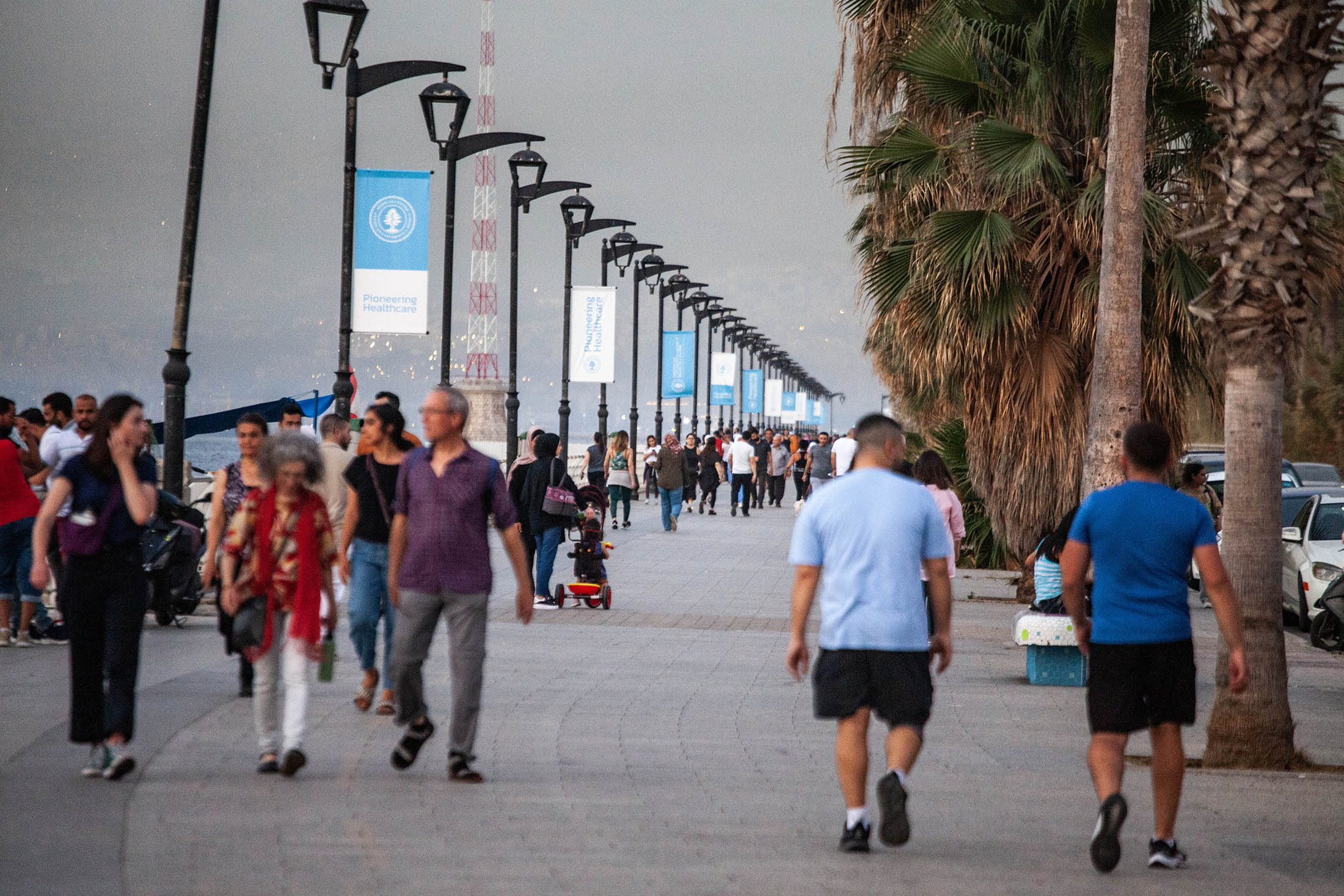
From shirtless men strutting their stuff to business officials deep in conversation, families out for a stroll, mothers pushing prams, and older men playing board games by the shore, the Corniche is a microcosm of Beirut.
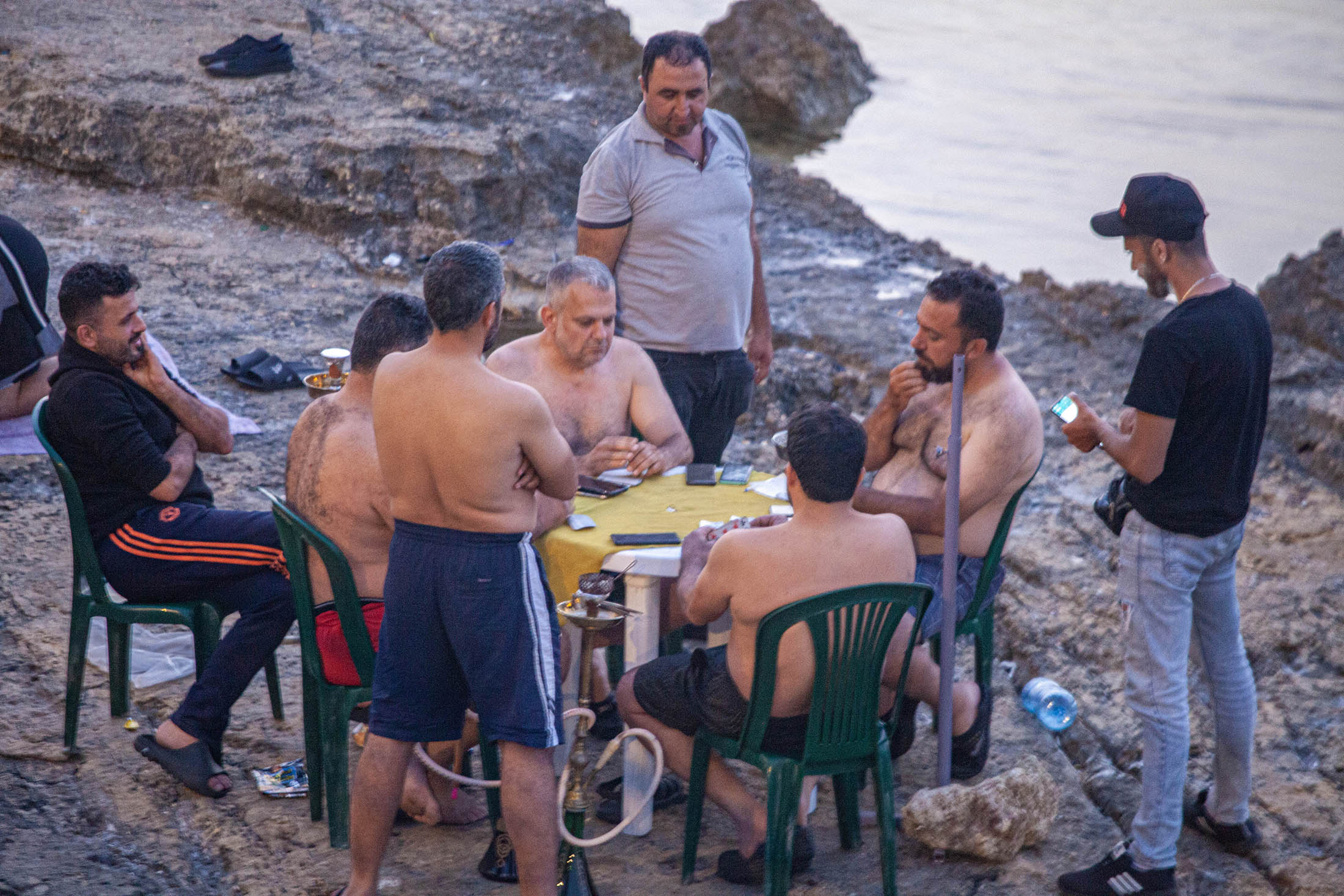

Whether you’re walking, jogging, or just people-watching, it’s the perfect spot to take in the city’s energy against the backdrop of the Mediterranean.
5. Food and Drink Experiences in Beirut
From sipping a hot drink at a street-side café to indulging in freshly baked mana’eesh, my time in Beirut was as much about the flavours as it was about the sights.
Lebanese Cuisine
Lebanese cuisine is all about sharing, and mezze — a spread of small dishes like hummus, tabbouleh, and stuffed grape leaves — is the heart of it. It's also about bold flavours, fresh ingredients, and dishes designed to be savoured.
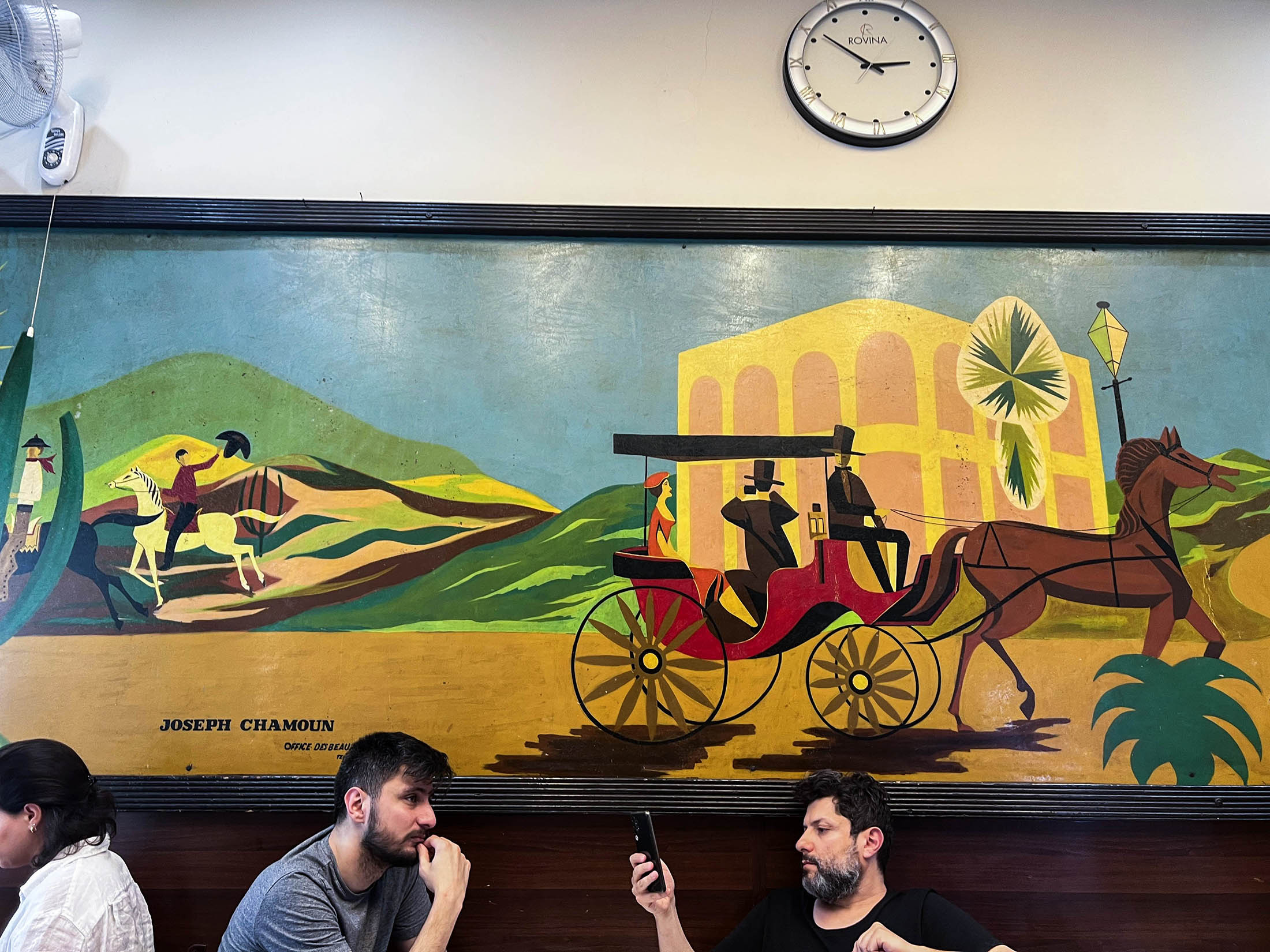
Le Chef, in Gemmayzeh, is a great spot to experience this — it’s a no-frills, iconic eatery known for its home-style cooking and welcoming atmosphere. Their daily specials, like kibbeh or sayadieh (a spiced fish and rice dish), are perfect if you want an authentic taste of Beirut - and that's precisely what I got when I ate here.
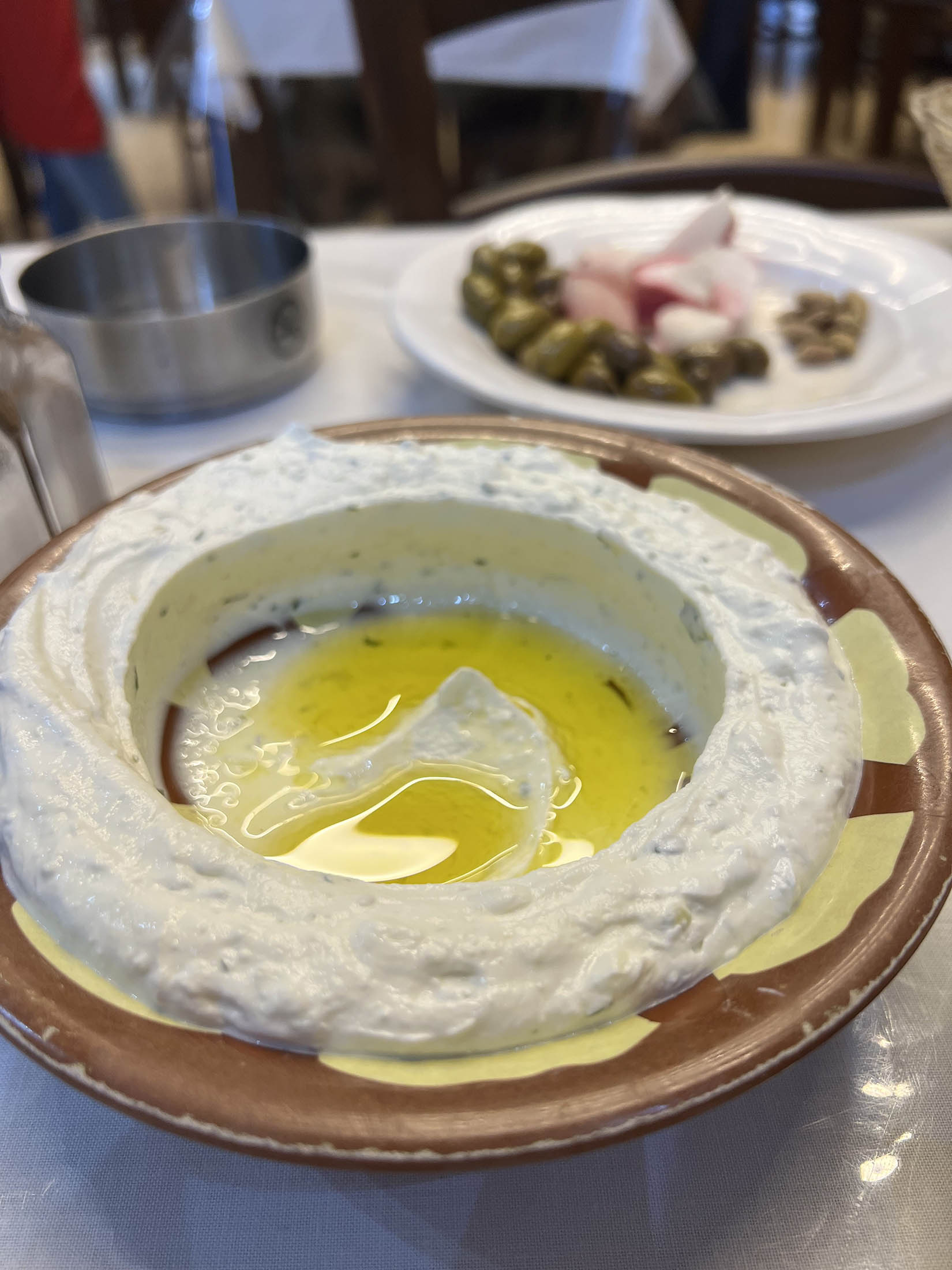
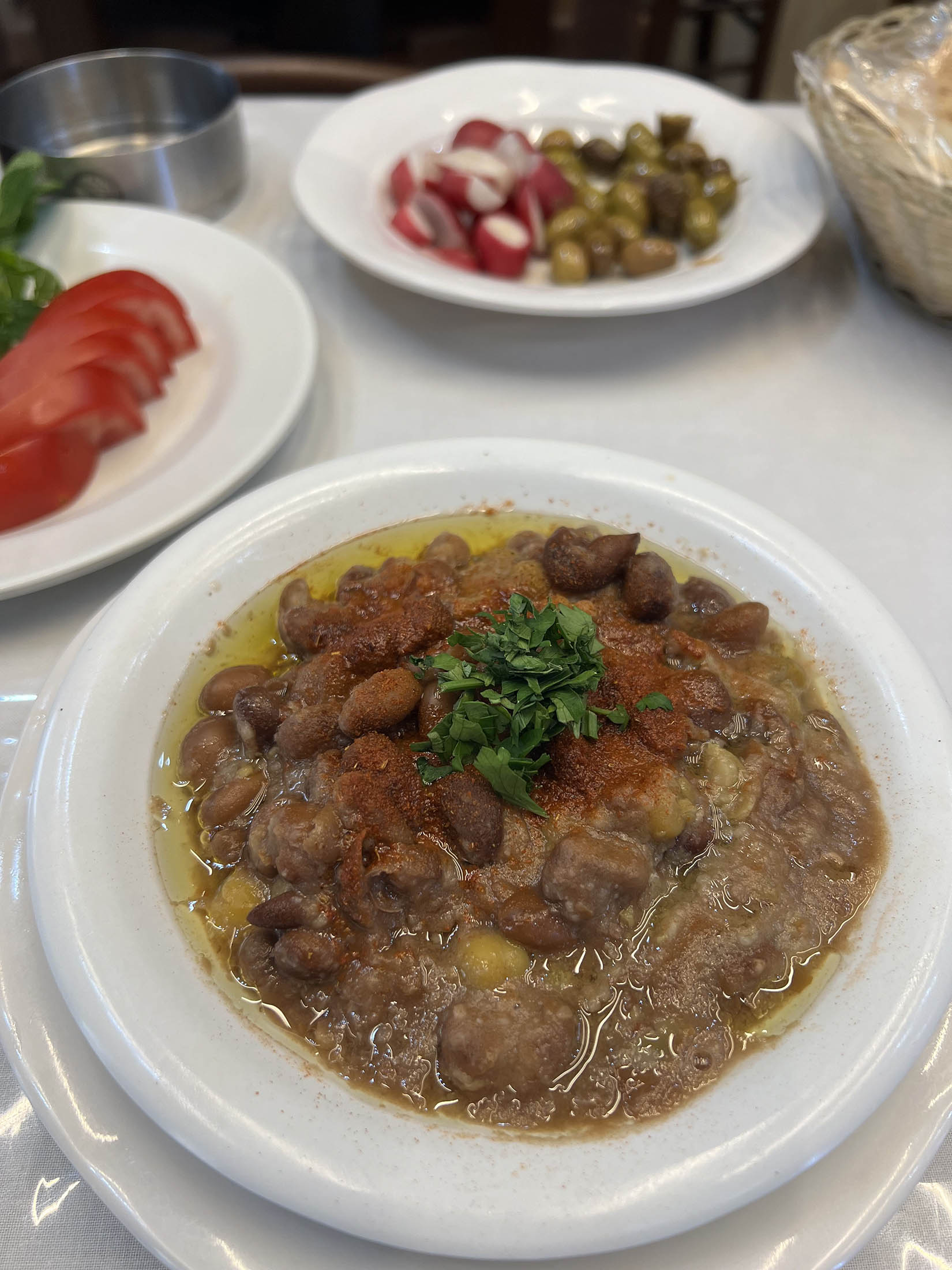
Beyond Le Chef, look out for street vendors serving shawarma wrapped in warm, fluffy bread or bakeries offering freshly made za’atar and cheese mana’eesh.
For dessert, a slice of knefeh — sweet cheese topped with syrup and semolina — is a must-try.
Souk el Tayeb
Located in Mar Mikhael along Armenia Street, Souk el Tayeb is a market, held once a week, that brings together farmers, artisans, and craftspeople from across Lebanon.
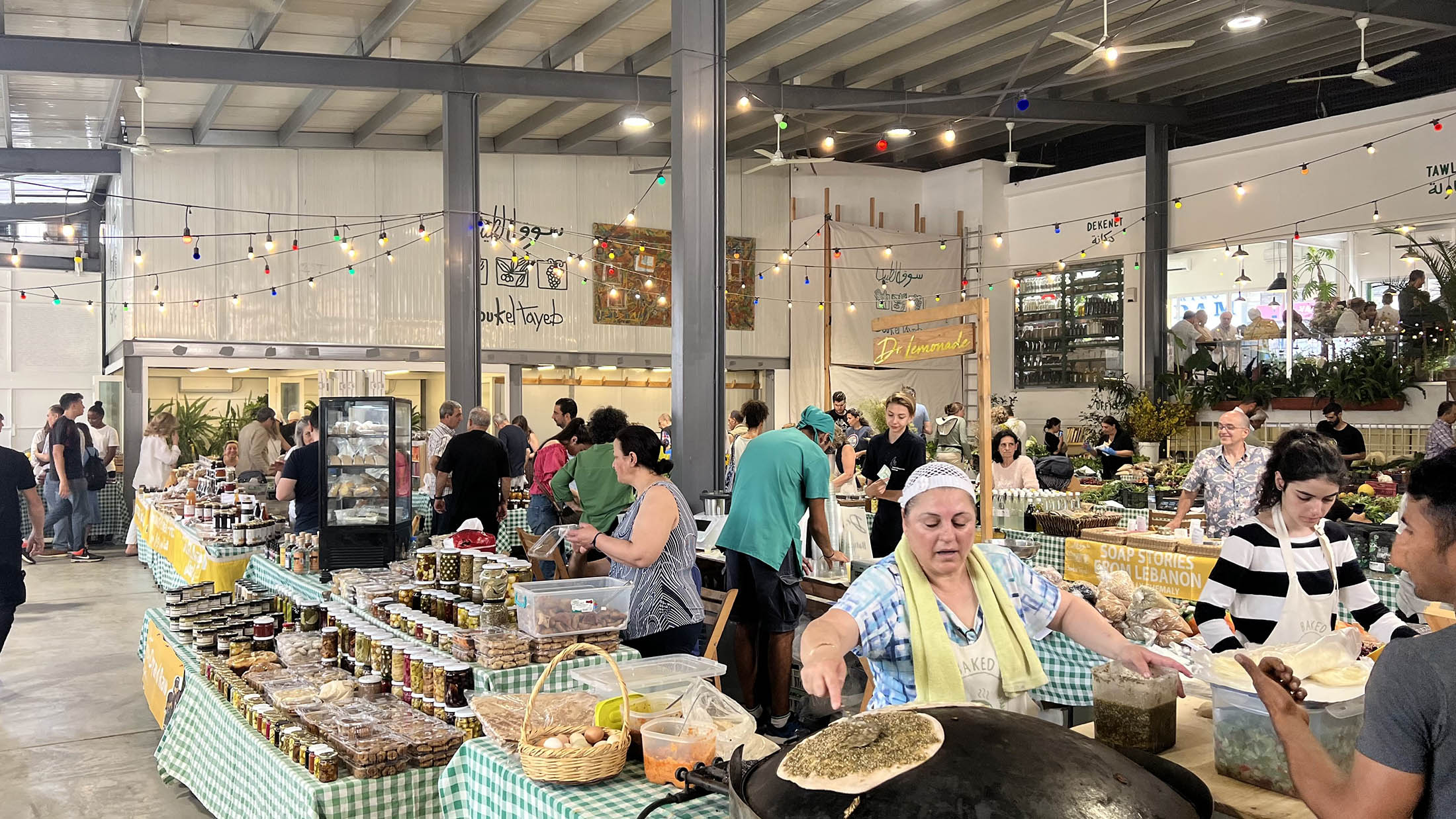
To make the most out of my visit, I went on Saturday morning before the crowds arrived.
At the back of the market is where you’ll find fresh man’oushe and lemonade being served — it's where I started, and it was perfect for a quick breakfast to fuel my exploration.
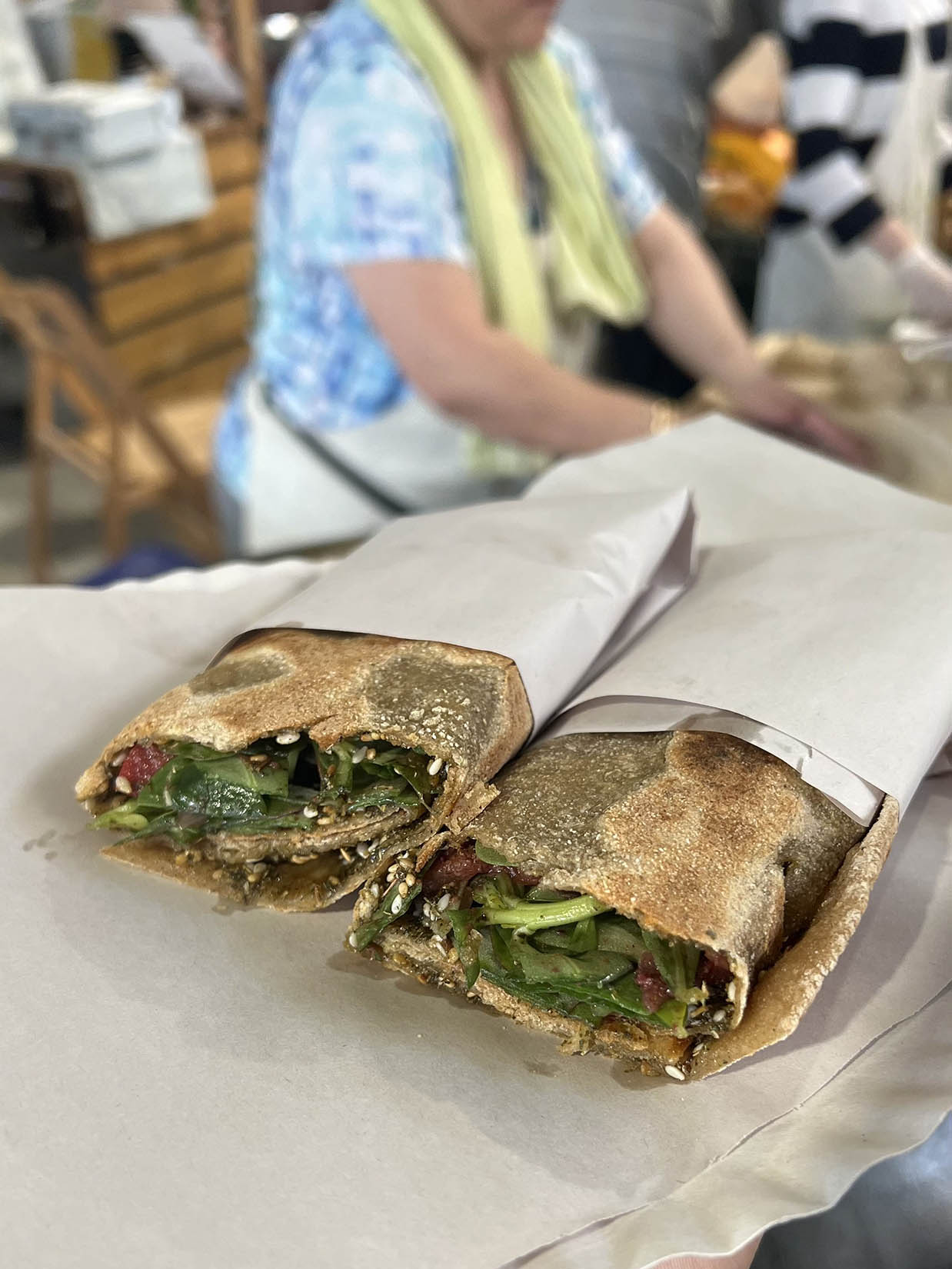
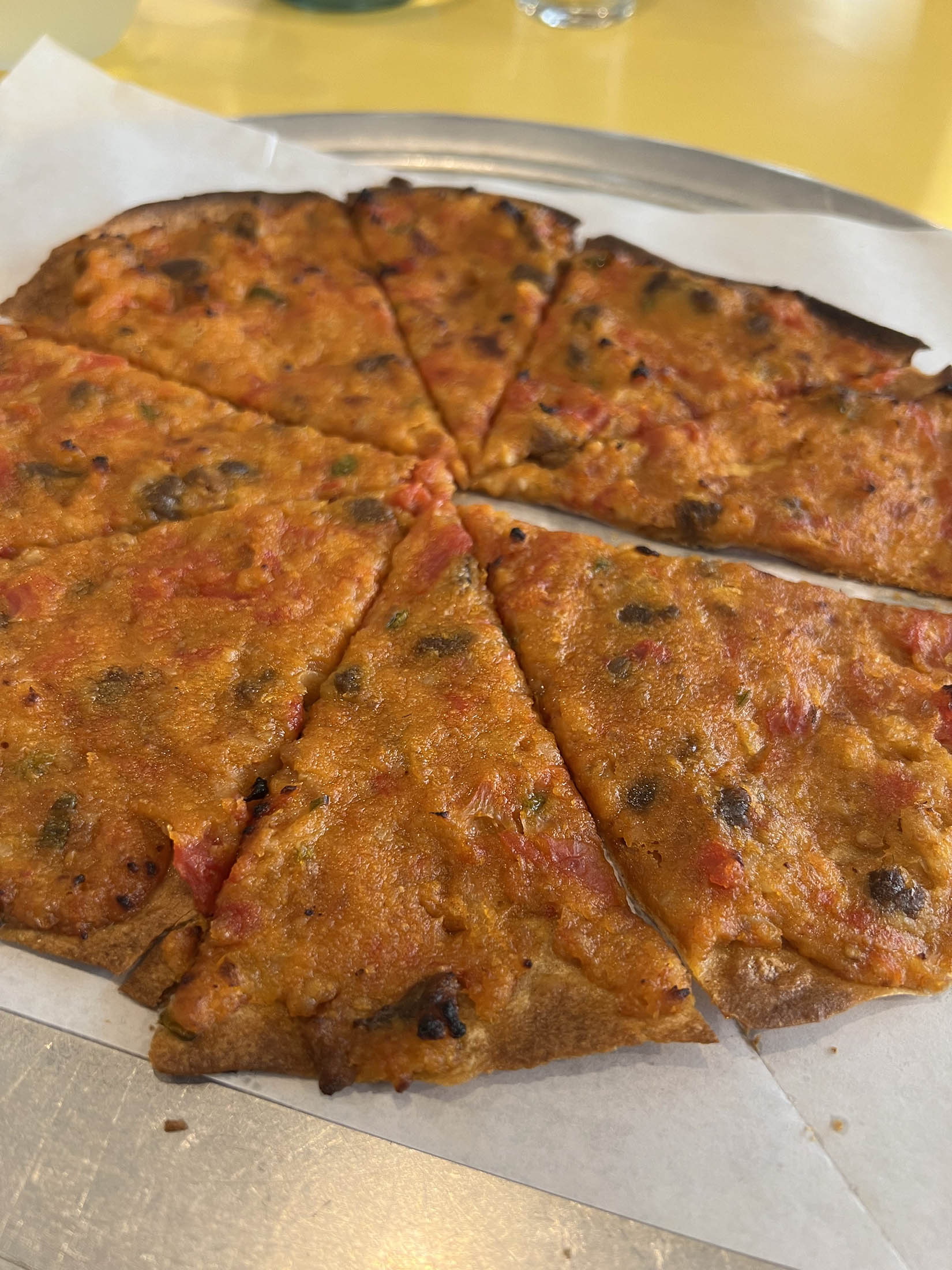
The market is a treasure trove of local flavours, from za’atar and sumac to arak, and you’ll likely leave with your hands full of goodies to take home.
Nightlife in Beirut
Beirut’s nightlife is legendary; world famous, in fact!
From sleek rooftop bars to underground clubs blasting electronic beats, the city comes alive after dark.
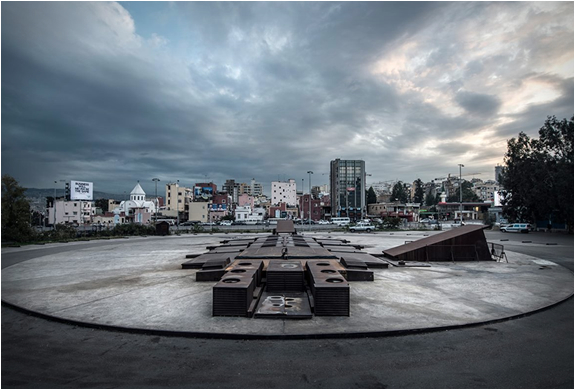
For a lively start, head to Mar Mikhael, where Armenia Street buzzes with bars and pubs spilling onto the sidewalks. If you’re looking for a more upscale vibe, rooftops like Iris or SkyBar deliver cocktails with a view.
And for those who want to dance until dawn, clubs like BO18 offer an unforgettable experience with a distinctly Beirut twist.
Save this guide for future reference!
6. Unique Things to Do in Beirut
From witnessing the aftermath of the port explosion to seeing refugee camps that reveal another side of the city, Beirut offers sobering yet powerful experiences.
Shatila Refugee Camp
Shatila Refugee Camp, established in 1949, was originally built to house Palestinian refugees who fled their homes during the Arab-Israeli conflict. Over the decades, it has expanded far beyond its intended capacity and now shelters a mix of Palestinians, Syrians, and other displaced communities, making it one of the most densely populated areas in Beirut.
The camp is infamous for the tragic 1982 massacre during Lebanon’s civil war, a dark chapter in Beirut's history.
Today, Shatila is a labyrinth of narrow alleys and improvised buildings. While it is not a typical tourist site and requires careful preparation and respect (and in a separate article I mentioned that Shatila is a place to avoid for casual tourists), those who choose to visit could do so with a knowledgeable guide.
It’s a place that challenges perceptions and provides a stark contrast to other parts of Beirut.
The Beirut Explosion Aftermath
The devastating port explosion on August 4, 2020, left an indelible mark on Beirut, killing over 200 people, injuring thousands, and displacing countless families. In the neighbourhoods surrounding the port, the aftermath is still visible — damaged buildings, shattered windows, and abandoned homes stand as stark reminders of the tragedy.
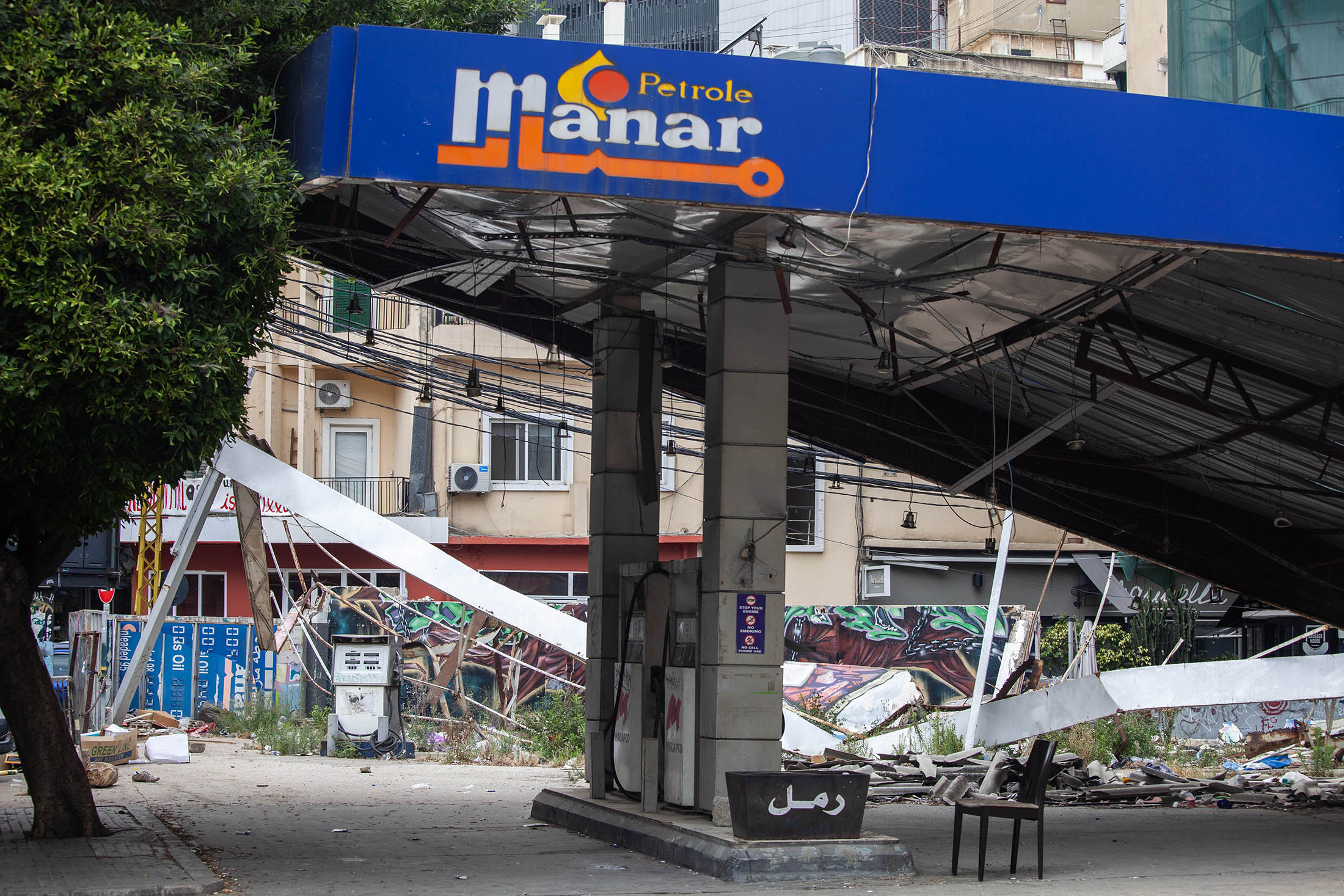
Walking through Gemmayzeh, the area most affected by the explosion, reveals a poignant mix of resilience and loss. While some buildings have been restored, many remain frozen in time, serving as silent memorials to that fateful day.
For me, seeing this up close was a sobering yet necessary experience to better understand the immense challenges Beirut continues to endure.
Essential Travel Information for Things to Do in Beirut
From navigating public transport to understanding money matters, here are a handful of things you might need to know to make your trip to and through Beirut as smooth as possible.
Transportation - Getting around Beirut
Navigating Beirut is a mix of organised chaos and local know-how, with options ranging from shared taxis to ride-hailing apps.
Service
Beirut’s unique shared taxi system, known as “service,” is a plausible way for getting around the city. To use it, simply hail a taxi from the street and say “service.” The driver will pick up other passengers along the way, making it a shared ride.
A single short trip typically costs LBP 25,000.
Taxi and Ride-Share
Traditional taxis are widely available in Beirut, but they don’t use meters, so it’s essential to agree on a fare before starting your journey.
Alternatively, ride-share apps like Uber and Bolt are a convenient and reliable option, offering clear pricing and easy navigation for those unfamiliar with the city. I used both and had no issues.
Transportation - Getting away from Beirut
From buses to minivans, there are several options for exploring Lebanon’s stunning destinations beyond Beirut.
Charles Helou
Charles Helou Station, located near the port, is one of Beirut’s main transportation hubs for buses heading north. From here, you can catch services to destinations like Byblos, Tripoli, and Batroun. While functional, the station is somewhat chaotic and not well-signposted, so it’s a good idea to confirm your bus and destination with the drivers directly.
Daoura Interchange
The Daoura Interchange is a key spot for catching buses and minivans heading north out of Beirut. Located just outside the city centre, it’s a bustling area where locals and travellers alike head to northern destinations such as Byblos and Tripoli.
It can feel a bit overwhelming, especially during peak hours. I just asked those around me for help when I had no idea, and somebody always pointed me in the right direction.
Cola Station
Cola Station is one of Beirut's main transportation hubs, particularly for routes heading south to destinations like Saida (Sidon), Tyre, and the Beqaa Valley. The station is busy and can feel a bit disorganised, so it’s best to arrive early and double-check your departure point and timing with the drivers. Buses often leave when full rather than sticking to a fixed schedule.
Getting to Cola Station from within Beirut can be a bit challenging. When I was staying near Karantina, I took a service taxi from near Armenia Street/Pierre Gemayel (across from Bourj Hammoud) to reach the station. It's an affordable option, but expect some trial and error navigating the system.
Where to Stay in Beirut
Beirut has a variety of neighbourhoods, each offering a unique vibe, from the trendy streets of Mar Mikhael to the historic charm of Achrafieh.
If you’re unsure where to base yourself, I’ve written a detailed guide covering the best areas to stay and places to avoid — check it out here for insights.
How to Manage Money During the Crisis
The Lebanese Pound (LBP) is the official currency, but the economic crisis has created a complex and ever-changing exchange system.
While the outdated "official" exchange rate is set at 1 USD to 1,500 LBP, the actual market rate — often called the "black market rate" — fluctuates significantly and was around 94,000 LBP to 1 USD during my stay in 2023.
To stay updated, I recommend downloading the Lira Exchange app, which provides real-time black market rates and helped me manage money efficiently during my trip.
This dual-rate system has essentially turned Lebanon into a cash economy. Avoid using credit or debit cards or withdrawing from ATMs, as these transactions typically default to the outdated official rate, resulting in significant losses. Banks are a no-go.
Despite the term “black market,” exchanging money at the actual market rate is commonplace and straightforward. Licensed exchange offices, especially in busy areas like Hamra, offer competitive rates. Even hotels, supermarkets, and local shops facilitate exchanges, as it’s simply how the system operates now.
When I ran low on cash during my stay, I opted to send money to myself via Western Union. It was a quick, reliable solution that avoided the pitfalls of the official rate.
FAQs about Beirut
Here are a handful of answers to common questions to help you plan your trip to and through Beirut.
Is Beirut Safe for Tourists?
Despite its turbulent history and ongoing challenges, Beirut has often been considered one of the safest cities in the Middle East for tourists, especially prior to late 2024. Crime rates in tourist areas are relatively low, and the city’s residents are known for their hospitality and warmth toward visitors.
That said, safety in Beirut can depend on the current political and regional situation, so it’s essential to stay informed through travel advisories.
What’s the Best Time to Visit Beirut?
The best time to visit Beirut is during spring (March to May) or fall/autumn (September to November), when the weather is mild and pleasant. These seasons offer comfortable temperatures for exploring the city and its surroundings, avoiding the scorching heat of summer and the cooler, rainier winter months.
How Do I Dress in Beirut?
Beirut is a cosmopolitan city, and dressing here is generally relaxed and modern.
Casual clothing works well for most situations, but keep in mind that Lebanon is culturally diverse, so it's a good idea to dress modestly when visiting religious sites or traditional neighbourhoods. In more trendy areas like Mar Mikhael or Hamra, you’ll see people wearing everything from smart casual to the latest fashion trends.
Ultimately, dress comfortably and appropriately for the activities you have planned.
Conclusion: Things to Do in Beirut
Beirut wasn’t what I expected — it was so much more. Wandering its streets, I felt the city’s history in its buildings and its resilience in its people. From the lively Corniche to the quiet moments reflecting on the aftermath of the explosion, Beirut offered me a mix of emotions I didn’t anticipate.
It’s a city where you can sip fresh lemonade at a market in the morning, visit a poignant museum in the afternoon, and dance until dawn. For me, Beirut wasn’t just a destination — it was an experience that has stayed with me.
If this guide helped you plan your time in Beirut or gave you a new perspective on the city, feel free to share it with others who might find it useful. Thank you!
